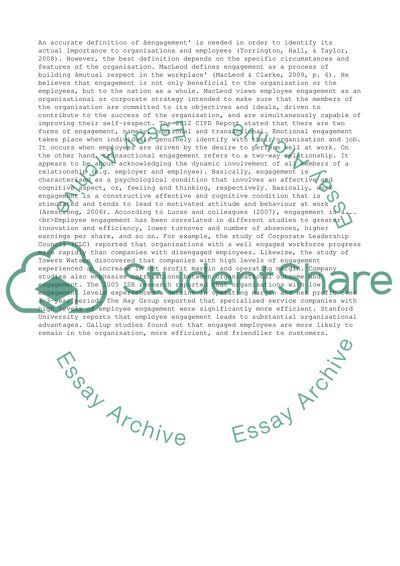Cite this document
(“The Desirability of Engagement Strategies in the 21st Century Essay”, n.d.)
The Desirability of Engagement Strategies in the 21st Century Essay. Retrieved from https://studentshare.org/management/1466621-the-desirability-of-engagement-strategies-in-the-21st-century
The Desirability of Engagement Strategies in the 21st Century Essay. Retrieved from https://studentshare.org/management/1466621-the-desirability-of-engagement-strategies-in-the-21st-century
(The Desirability of Engagement Strategies in the 21st Century Essay)
The Desirability of Engagement Strategies in the 21st Century Essay. https://studentshare.org/management/1466621-the-desirability-of-engagement-strategies-in-the-21st-century.
The Desirability of Engagement Strategies in the 21st Century Essay. https://studentshare.org/management/1466621-the-desirability-of-engagement-strategies-in-the-21st-century.
“The Desirability of Engagement Strategies in the 21st Century Essay”, n.d. https://studentshare.org/management/1466621-the-desirability-of-engagement-strategies-in-the-21st-century.


